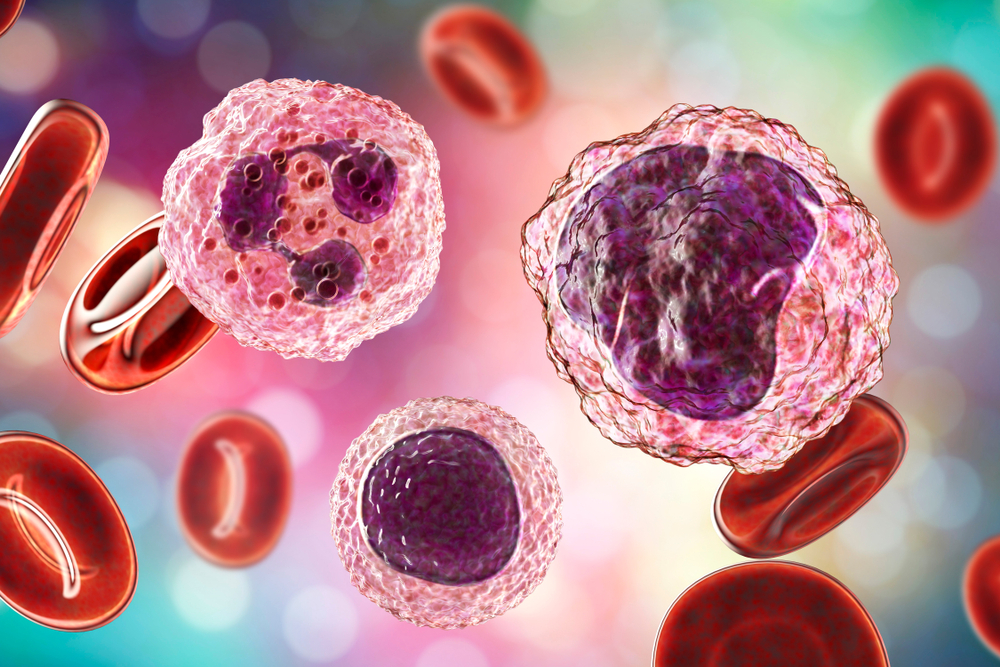Acute inflammation is a defensive response to get rid of damaged cells, microorganisms, and/or foreign particles to regain normal structure and function. There are three phases: amplification, destruction and repair, and termination. In the amplification phase, enzymes recruit macrophages and neutrophils, which are white blood cells responsible for removing pathogens. In the destruction and repair phase, cells phagocytose (surround and destroy) foreign substances. Finally, intrinsic anti-inflammatory mechanisms help the body terminate the acute inflammatory response.
Acute inflammation is associated with tissue injury. This may occur due to chemicals, allergic reactions, ischemia, foreign bodies, or infections. There are five cardinal signs of inflammation. These include rubor (redness), tumor (swelling), dolor (pain), calor (heat), and function laesa (loss of function).
A typical inflammatory response involves four players: inducers, sensors, mediators, and target tissues. Inducers can be infections or tissue damage. Sensors include mast cells, which mediate allergic reactions, dendritic cells, which present antigens to white blood cells, and macrophages, which phagocytose pathogens. Mediators are often cytokines. These are small proteins that are responsible for controlling the growth and activity of immune cells and blood cells. Finally, the target tissues can be any tissue in the body. However, the most common ones include the liver, blood vessels, and epithelial cells.
The Boom Health app allows you to manage your loved one’s home care in one app and takes the stress out of organizing care. Download the app on the App Store or Google Play Store.
This article is not intended to be a substitute for professional medical advice or diagnosis. Always seek the advice of your physician or another qualified health provider with any questions you may have regarding a medical condition.





